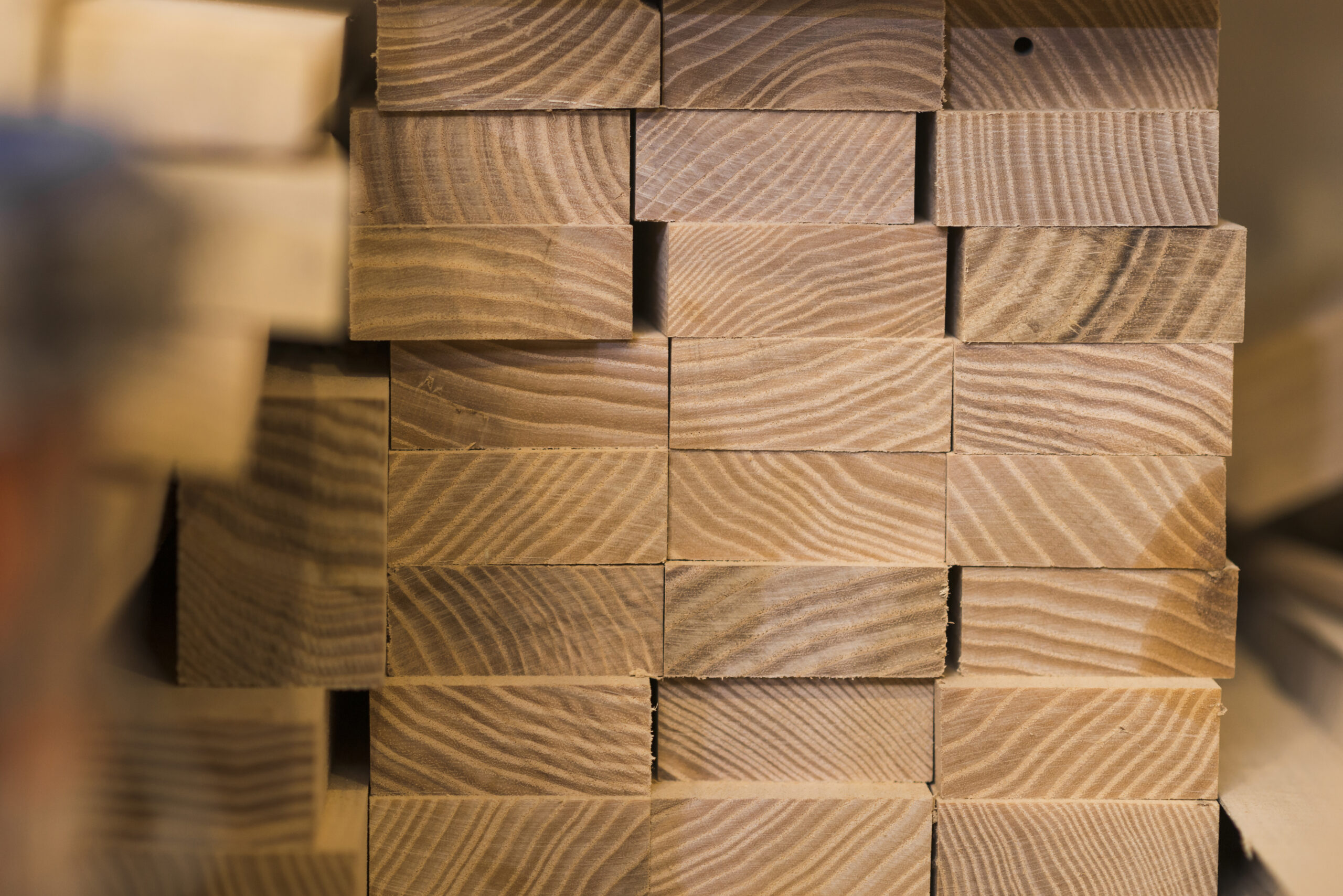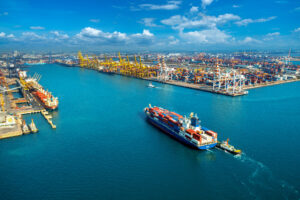In January 2025, it was reported that Brazilian plywood exports jumped 15% compared to 2024 and hit 2,553 thousand m³.
In the next month, the current U.S. administration imposed a 25% tariff on steel and aluminum exports to its trading countries.
This move has not only disrupted the steel and aluminum trade but also stirred concerns within the lumber industry.
People are asking questions about what this means for the U.S.-Brazil plywood trade and where things are headed.
In this blog, we will address these questions and explore how the tariffs might impact Brazilian plywood exports, what that means for the future of U.S.-Brazilian trade, and how both countries’ economies might be affected.
The Current State of Brazilian Plywood Exports to the U.S.
In 2024, the United States imported $315.83 million worth of plywood, and other lumber products from Brazil, according to the United Nations COMTRADE database.
That’s because the U.S. construction industry heavily relies on Brazilian plywood for flooring, roofing, and wall sheathing.
Right now, the U.S. imposes around 8% to 8.5% duties on imported Brazilian plywood.
But these rates aren’t set in stone. They could change based on future trade negotiations and tariff policies. Any adjustments will affect the cost and availability of Brazilian plywood in the U.S. market.
Who Holds the Trade Surplus?
In 2024, the United States had a trade surplus with Brazil of $7.4 billion. U.S. exports to Brazil totaled $47.7 billion, while imports from Brazil were $40.3 billion.
This means the U.S. exported more goods to Brazil than it imported.
However, if Brazil were to export more to the U.S. than it imports, it would shift the trade balance in Brazil’s favor. The U.S. would then experience a trade deficit.
For the U.S., this hypothetical situation could mean a few things:
- A large trade deficit can lead to a depreciation of the U.S. dollar against the Brazilian Real. This would make Brazilian imports more expensive for U.S. consumers.
- If Brazil exports goods that compete with U.S. domestic production, it could put pressure on those industries, resulting in job losses or price adjustments.
- And lastly, a larger trade deficit could increase political pressure for the U.S. to impose higher tariffs on Brazil.
Here’s where things get interesting.
While the discussion for this article was decided in January, President Trump announced on February 20 a proposed 25% tariff on wood and forest products imported from Brazil, which would take effect in April.
His announcement aims to support domestic production and revenue generation.
Reuters claims that these tariffs of 25% or higher could rise substantially over the course of the year.
So, we can see that this consequence is already in effect. We also think that the U.S. may continue to pursue tariffs as a strategic tool, even if trade deficits are relatively balanced, to protect domestic industries or address specific trade issues.
And of course, these tariffs will have consequences for both the U.S. and Brazil, which is what we’ll dive into next.
The Potential Consequences of Imposing Tariffs
The trade restrictions on Brazilian plywood could have ripple effects across both countries. We will now discuss the economic repercussions in detail.
Impact on U.S. Consumers and Industries
- Higher Costs for U.S. Builders and Consumers
If tariffs are imposed, plywood will become more expensive, and U.S. builders may face higher material costs. These costs will be passed onto customers in the form of higher housing prices.
It could also contribute to inflationary pressures in the U.S. economy.
- Supply Shortages and Delays
Tariffs will also not make it easy to replace Brazilian plywood with other sources, translating to supply shortages and delays in construction projects.
We’ve seen this play out before. The U.S.-Canada softwood lumber dispute shows that trade restrictions on wood products often disrupt supply chains and cause price volatility.
However, Brazil’s got more to lose in this tariff gamble.
Impact on Brazilian Exports and Economy
- Reduced Export Revenues
Brazil is the fourth-largest plywood producer globally. In December of 2024, Pine plywood exports saw a 37% increase in value.
If they get hit with a 25% tariff, the plywood would become less competitive in the U.S. market, shrinking export volumes and cutting into revenues.
- Job Losses and Economic Slowdown
The timber and forest products industry is a major employer in Brazil, particularly in rural regions. A drop in exports could mean job losses and economic hardships in these areas.
- Search for Alternative Markets
To make up for lost U.S. demand, Brazilian exporters might turn to other markets like Asia or Europe. However, breaking into these markets won’t be simple, given the competition and existing trade agreements.
- Weaker Brazilian Real
With fewer exports bringing in cash flow, the Brazilian real could lose value. This would make imports more expensive for Brazil and contribute to inflation in the country.
- Potential for Retaliation
In the end, these tariffs could also trigger retaliatory tariffs from Brazil, further escalating tensions between the two nations. This possibility is what we will explore next.
Brazil’s Duties on Forest Products and Reciprocal Tariffs
Let’s consider Brazil’s side of the trade picture. Does Brazil apply tariffs to forest products from the United States?
The answer is yes. Brazil does impose tariffs on U.S. lumber and wood products to regulate imports and protect national commerce. However, the specific duty rates vary depending on the product type.
According to Mercosur Common Nomenclature (NCM), a system that classifies different products, wood tariffs in Brazil range from 10% to 35%.
Saw wood (NCM 4407), for example, typically faces an import duty of 10%.
So even though Brazil imposes tariffs, they are generally lower than the tariffs the U.S. places on Brazilian imports. This difference has become a point of contention.
In response to U.S. trade policies, Brazillian President Luiz Inácio Lula da Silva has indicated that Brazil may take reciprocal actions. He mentioned that Brazil could file a complaint at the World Trade Organization (WTO) or impose its own tariff on U.S. products if the U.S. moves forward with tariffs on Brazilian goods.
This stance suggests that Brazil is ready to push back against U.S. trade measures.
What Does the Future Hold?
The recent tariffs imposed by the U.S. have created uncertainty in its trade relationship with Brazil, particularly in industries like plywood. Brazil is already considering retaliatory measures, which could lead to a cycle of escalating tariffs affecting both economies.
For the U.S., this means potentially higher construction costs and inflation, while Brazil could face reduced export revenues and job losses.
As both countries navigate these changes, the situation highlights the importance of finding balanced trade policies that prevent further disruption and economic strain on both sides.





